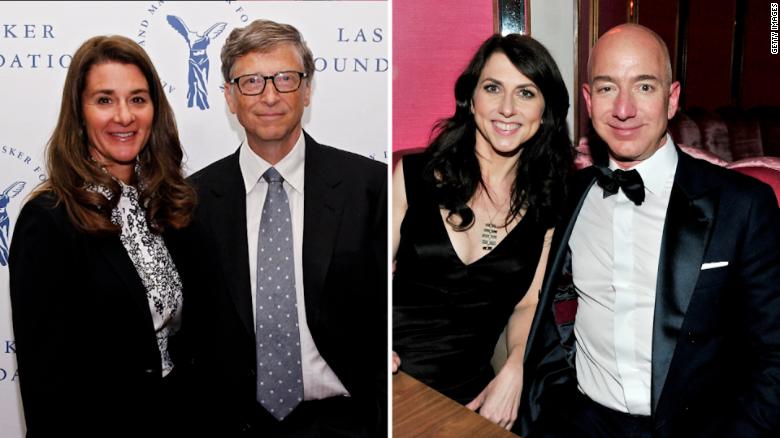
The broad shift to working from home during the pandemic may haunt the commercial real estate market for years to come, making it harder to fill vacant office buildings that were once brimming with tenants.
Wharton real estate professor Joseph Gyourko said it’s too early to predict exactly how the demand for office space will decline because commercial leases generally last five to seven years. But it’s clear that when those leases finally expire, the market will not be the same.
“I strongly suspect what will result is a move to concentration, a flight to quality,” he said during an interview with Wharton Business Daily on SiriusXM. (Listen to the podcast above.) “Over the next few years, as tenants start to rethink space needs and their leases rollover, they’ll go into better buildings, and the [worse] buildings will be in trouble.”
Office vacancy rates increased significantly during the COVID-19 pandemic, reaching a high of 17.2% in the third quarter of 2021. While many companies are calling workers back into the office this year, full occupancy is unlikely. Workers have proven they can function remotely, and they are demanding their employers keep the option of remote or hybrid work.
“There will be huge variation, but I think people and families want the flexibility of at least a day [at home], and I think bosses are going to have to give it whether they like it or not,” Gyourko said. “I don’t think we’ll go back to pre-COVID. I just don’t.”
“As tenants start to rethink space needs and their leases rollover, they’ll go into better buildings, and the [worse] buildings will be in trouble.”–Joseph Gyourko
Companies offering flexible work will need different office space configurations, so the best buildings will win. Older buildings with poor ventilation systems and a lack of amenities will struggle to recruit and retain tenants.
The professor said policymakers need to start planning now for a post-COVID future in their cities. Older buildings that go dark will become expensive eyesores. A reduction in workers flooding into office districts each day will squeeze city wage tax revenues, mass transit ridership, and the local economy. Restaurants, boutiques, and businesses within walking distance of an office will lose the daily foot traffic that keeps them in the black.
“Cities are going to have to think about what are they going to do with the empty office buildings, and what they do when the real estate, the retail, the restaurants, the Starbucks around those buildings aren’t needed anymore,” Gyourko said. “They should start thinking of this as their responsibility to rehabilitate those areas now, and not later.”
A Different Kind of Downtown
The changing makeup of office space will vary by location, Gyourko said. Big cities like Philadelphia, San Francisco, and New York should be able to withstand the shock because they can absorb the flight to better buildings. Again, those landlords will need to reimagine the spaces they offer.
“It’s going to be a complex dance,” he said. “It will keep the building owners and managers busy and out of trouble for a while, trying to figure this out.”
“I don’t think we’ll go back to pre-COVID. I just don’t.”–Joseph Gyourko
On the positive side, cities that have strong job growth may become more affordable as rents fall. It’s possible that building owners will convert the glut of office space into apartments and condos, providing more housing in places without enough and perhaps drawing families and others who change the demographics of the city. The transition will be expensive, Gyourko said, but those cities should be fine in the long run.
He’s more concerned about smaller and mid-sized cities that are already in decline. That decline will be accelerated by the loss of revenue from unoccupied office buildings.
“Think about the Rust Belt, where I happened to grow up in southwestern Ohio, upstate New York, and the like,” he said. “It may not be viable to convert anything from office to residential. This could lead to a real downward spiral in weaker office markets that don’t have much natural growth to them.”
The downturn in office occupancy has corresponded with a slump in commercial construction. With low demand, nothing new is being built. Gyourko doesn’t expect that sector to rebound soon.
“That’s not going to change, not for the next three to five years until we figure out what the new demand is.”
https://knowledge.wharton.upenn.edu/


















